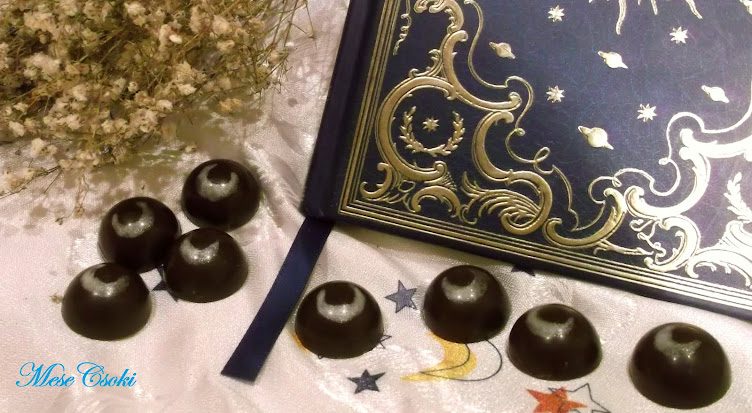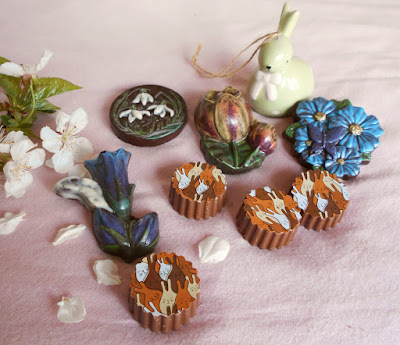A Ladon folyó szépséges nimfája, Szüringa csak akkor vette észre, hogy a kecskelábú Pán utána ólálkodik, amikor a pásztoristen már a közelében járt. Kedves szavakkal próbálta magához édesgetni a leányt, akit azonban vad külseje elriasztott a szerelmeskedéstől. Szüringa kiszabadult Pán ölelő karjai közül, és futásnak eredt. Pán sem volt rest, követte őt. A kétségbeesett nimfa segélykiáltásait hallván Artemisz megszánta őt, és a folyóparton nádszállá változtatta. Amikor azonban Pán odaérkezett, a nád sóhajtásaiból rájött a trükkre. Levágta Szüringa nádszálát, a darabokat méhviasszal egymáshoz rögzítette, így készítette el az első pánsípot. Ezután a szépséges nimfa örökké vele maradt.
Tavasszal a pásztorok az orgona vesszőiből faragtak hasonló sípokat, innét nyerte "csövet" jelentő latin nevét (Syringa) az orgona.
Ilyen varázslatos (és tragikus) múlt után mi mást lehetne még hozzátenni a tavasz érkeztét csodás illatával jelző orgona történetéhez?!
Természetesen még sok mindent: mint a legtöbb, az ember közvetlen környezetében megtalálható növényhez, az orgonához is sokféle szokás, hiedelem kapcsolódott. Nagy-Britanniában például azon fiatal leányok, akik orgonát viseltek, felkészülhettek arra, hogy egyedül maradnak. Hasonlóképp a jegyesség felbontásának jeléül is orgonavirágot küldtek. Ugyanakkor máshol az első szerelem, illetve a 8. házassági évforduló virága volt. Oroszországban úgy hitték, hogy az újszülött fölé tartott orgonaág bölcsességet ad neki.
Az orgonát sokféleképp hasznosították az idők folyamán: olajából arclemosó szer készült, és bőrhibák gyógyítására használták; leggyakrabban azonban kozmetikumokban és parfümökben találkozhatunk az illatával.
Én pedig idén ismét likőrré desztilláltam, és abból készült e bonbon krémes, lágy tölteléke. A kompozíciót a nimfa képe egészíti ki :)
Hozzávalók:
40 ml orgonalikőr
10 ml tejszín
100 gr fehércsoki
2 csipet vanília
egy kiskanál vaj
200 gr étcsoki
ételszínezék
Elkészítés:
Kimérem az orgonalikőrt, a tejszínt, és összekeverem őket, majd hozzáadom a vaníliát is. Vízgőz felett megolvasztom a fehércsokit a vajjal, és a likőrhöz adagolom.
A bonbonok díszítéséhez előbb lila, majd barackszín ételfestékkel kevert kakaóvajjal márványozom a forma mélyedéseit. Ezután temperálom az étcsokit, elkészítem a bonbonok burkát. Miután megszilárdult a csoki, megtöltöm a likőrös krémmel, és a hűtőbe teszem a formát. Végül a maradék csokit temperálom, és lezárom a bonbonokat.
Syringa, the beautiful nymph of the River Ladon, noticed that the half-goat Pan spied her when he was too close already. He tried to seduce her with sweet words, however, the girl was scared away by his wild looks. Syringa fled Pan's embrace and ran away. Pan pursued her immediately. Hearing the call for help of the desperate nymph, Artemis took pity on her and transformed her into a reed at the riverside. When Pan arrived, noticing the sighs of the reed, he discovered the trick. He cut down Syringa's reed and by sticking the pieces together with beeswax, he made the first pan flute. Afterwards the beautiful nymph never left his side.
In spring, the shepherds made similar flutes of lilac wood, hence the Latin name (Syringa, meaning pipe) of the lilac.
After such magical (and tragic) past, what else could we add to the story of the lilac, which foretells the arrival of spring with its wonderful scent?!
Obviously, a lot: like most plants which can be found in human environment, many traditions and beliefs are connected with lilac too. In Great Britain, those young girls who wore lilac blossom, could prepare to be single forever. Similarly, lilacs were sent if you wished to break an engagement. On the other hand, it could also be the symbol of first love and the 8th wedding anniversary. In Russia, it was believed that holding a twig of lilac over the newborn would bring wisdom.
Lilac was used in many ways over the time: its oil was used as face wash and as a treatment for skin disorders; most frequently, though, we can feel its fragrance in cosmetics and perfumes.
This year I distilled it into liqueur and that became the basis of the creamy, soft filling of these bonbons. The composition is complemented with the picture of the nymph :)
Ingredients:
40 ml lilac liqueur
10 ml cream
100 gr white chocolate
2 pinches of vanilla
one small spoon of butter
200 gr dark chocolate
food paint
Recipe:
I pour the lilac liqueur and the cream in a bowl and mix them with the vanilla. Above steam I melt the white chocolate and the butter, and combine it with the liqueur.
I decorate the bonbons by marbling the cavities of the mould first with purple, then with peach food paint mixed with cocoa butter. I temper the dark chocolate, and I prepare the shells. When the chocolate gets solid, I fill them with the filling and I put the mould in the fridge. Finally, I temper the leftover chocolate and I seal the bonbons.














